Portuguesestyle egg tarts
Portuguese egg tart, also known as Portuguese cream tower, caramel Mejit egg tart. Portuguese tart, known in Hong Kong, Macao and Guangdong, is a small cream pastry pie. It is a kind of egg tart with a charred black surface.
In 1989, Andrew Stow, an Englishman, brought Portuguese tarts to Macau, switched to English cream fillings and reduced sugar consumption, and soon became a popular snack in Macau, most notably Milktar's tarts.
In the late 1990s, Portuguese egg tarts became popular in Hong Kong and Taiwan under the name of "Portuguese egg tarts". A large number of Portuguese egg tart stores, including KFC, caught up with this upsurge. Portuguese egg tarts immediately became a popular commodity, even led to the rise in egg prices and the shortage of eggs.
Today, although the grand occasion is no longer there, there are still loyal fans. Although KFC has sold the Portuguese egg tart shop, it still offers Portuguese egg tart at the store. The pastry Department of Pak ha supermarket also sells Portuguese egg tarts.
Although the Portuguese tarts were created by ante Lu, fame was bestowed on Andrew and his wife's marriage. In 1996, Andrew and his wife, Princess Margaret, were married.
Rupture.
The authentic Margaret tart must be hand-made: delicate, round tarts, golden eggs, and caramel proportions, all of which are checked by professional chefs to achieve perfection that ordinary tarts cannot achieve. The real egg tart must be stratified. The base of the Margaret tart is like fresh croissant bread. It tastes soft and crisp. The filling is rich, and the milk-flavored egg tart is very rich. Although it tastes layer by layer, it is sweet and not greasy.
Margaret left Andrew and started a new business. She changed the name of the store to "Margaret" and settled down in Hong Kong and Taiwan. A whirlwind of Portuguese targeting happened. Later, the hand-made egg tart brand Milktar's egg tart workshop has been used so far.
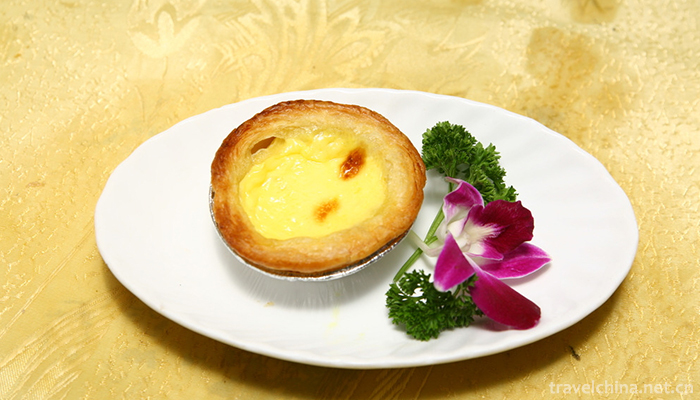
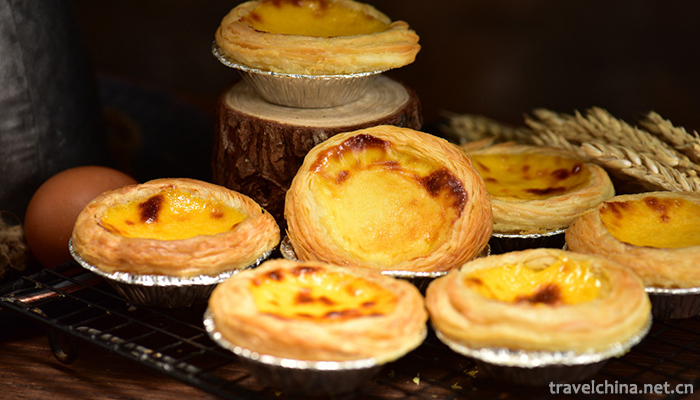
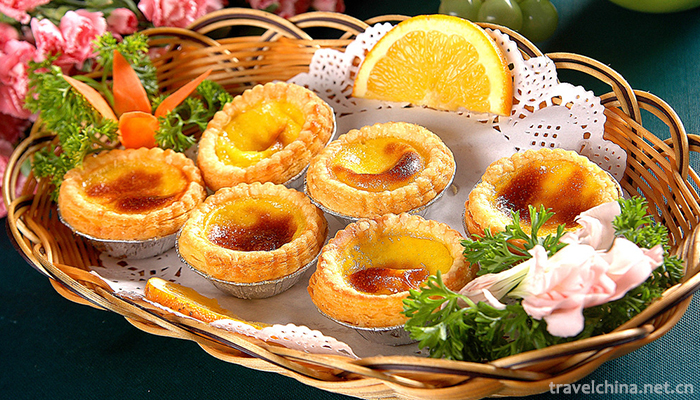

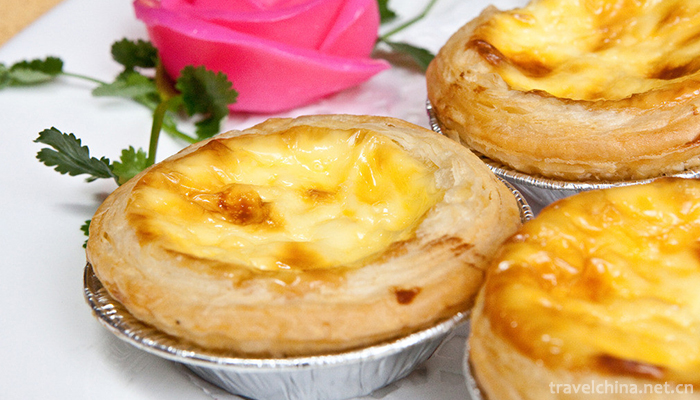
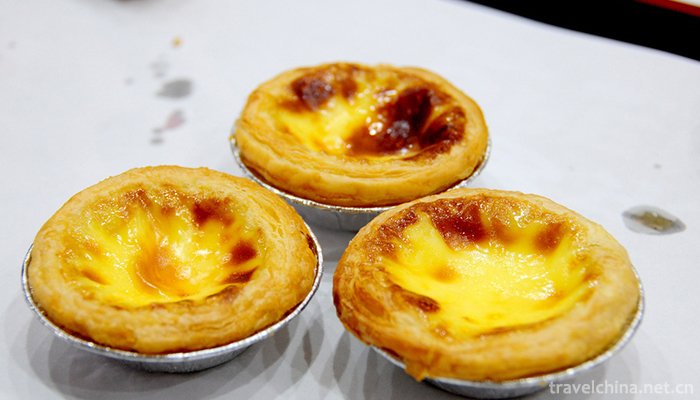
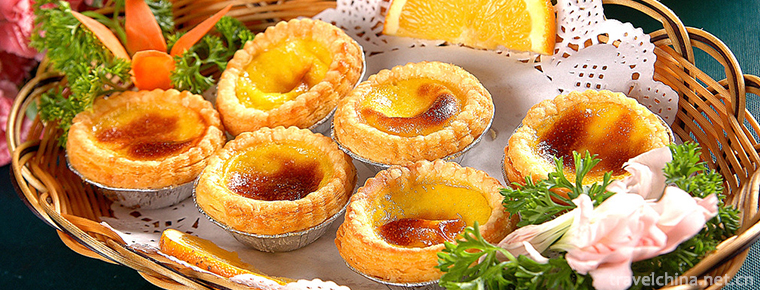
-
1.Shishi Sacred Heart Cathedral
Guangzhou Shishi Sacred Heart Cathedral is located in Yide Road
Time 2018-10-12 -
2.Dayan Pagoda Datang Furong Garden Scenic Area
The Furong Garden of the Tang Dynasty is located in Qujiang Development Zone in the south of Xi'an City, Shaanxi Province, on the southeast side of the Big Wild Goose Pagoda.
Time 2018-12-12 -
3.Bihai Jinsha Water Paradise
Bihai Jinsha Water Paradise (i.e. Coastal Recreation Park, abbreviated as "Water Paradise") is built outside the flood control wall, along the flood control wall 1313 meters
Time 2019-01-03 -
4.Turtle peak Scenic Area
Guifeng Scenic Spot is located in the southwest of Yiyang County, Jiangxi Province, beside 320 National Highway, 311 Highway and Zhejiang-Jiangxi Railway. It is 10 kilometers away from Yiyang County a
Time 2019-01-13 -
5.Xigaosong Scenic Spot
Xiqiaosong Scenic Area is located at the foot of Tianjing Mountain, 13 kilometers west of Chengxian County, in the middle of Yuqiaoxia, a national AAAA-level tourist attraction
Time 2019-02-25 -
6.Zhengzhou Yellow River Scenic Spot
The Yellow River Scenic Spot is located 20 kilometers northwest of Zhengzhou City, capital of Henan Province, on the Bank of the Yellow River. It is situated on Weiyueshan Mountain in the South and Ta
Time 2019-03-18 -
7.Legend of Eight Immortals
The legend of Eight Immortals is one of the local folklores in Shandong Province. The legend of Eight Immortals originated very early. The legend of "Eight Immortals Crossing the Sea, Each Showin
Time 2019-04-02 -
8.Carpet Weaving Techniques
Uygur carpet is a handicraft with a long history and tradition. It integrates painting, sculpture, knitting, embroidery, printing and dyeing. Characteristic
Time 2019-04-26 -
9.Making Techniques of Pickled Vegetables
Making pickles, the traditional skills of Beijing Liubiju Food Co., Ltd., is one of the national intangible cultural heritage.
Time 2019-05-06 -
10.Panwang Song
Panwang Song is a collection of Yao folk poetry. Mainly spread in the residential areas of the Yao nationality in Nanling Mountains, Jianghua is a folk literature with distinct national characteristic
Time 2019-06-08 -
11.Brewing Techniques of Zhenjiang Hengshun Fragrant Vinegar
Zhenjiang Hengshun aromatic vinegar brewing technology production chooses high-quality glutinous rice produced in the "land of fish and rice" as raw material, using solid-state layered ferme
Time 2019-07-25 -
12.Meishan climate
Meishan city is located in the middle and low latitudes, located in the west of Sichuan Basin and the middle reaches of Minjiang River. It is characterized by the alternation of sea land monsoon every year. It has four distinct seasons, mild climate, abundant rainfall,
Time 2020-12-18